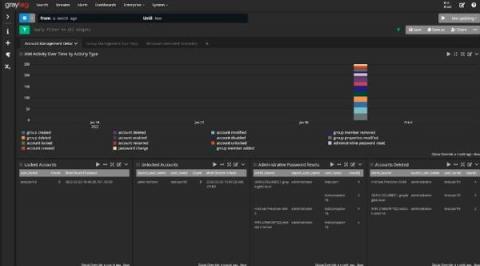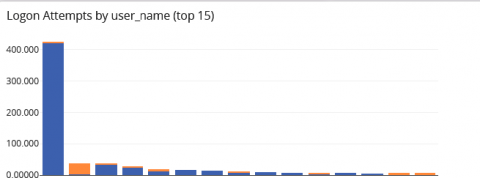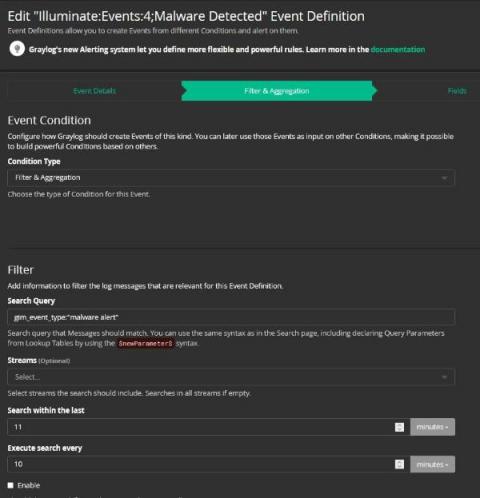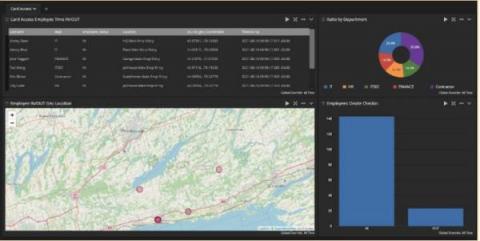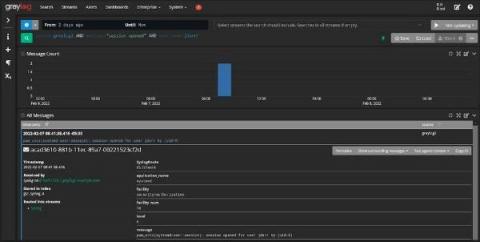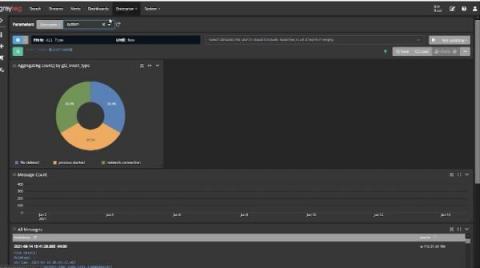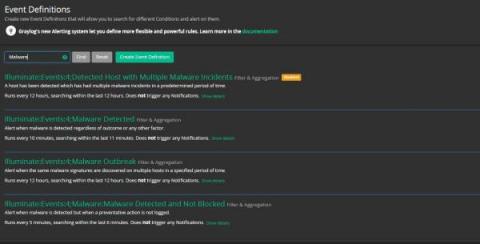Security | Threat Detection | Cyberattacks | DevSecOps | Compliance
Latest Posts
Building Your Security Analytics Use Cases
Cybersecurity Risk Management: Introduction to Security Analytics
Centralized Log Management and NIST Cybersecurity Framework
It was just another day in paradise. Well, it was as close to paradise as working in IT can be. Then, your boss read about another data breach and started asking questions about how well you’re managing security. Unfortunately, while you know you’re doing the day-to-day work, your documentation has fallen by the wayside. As much as people are loathed to admit it, this is where compliance can help.
The Importance of Log Management and Cybersecurity
Struggling with the evolving cybersecurity threat landscape often means feeling one step behind cybercriminals. Interconnected cloud ecosystems expand your digital footprint, increasing the attack surface. More users, data, and devices connected to your networks mean more monitoring for cyber attacks. Detecting suspicious activity before or during the forensic investigation is how centralized log management supports cybersecurity.
Using Centralized Log Management for ISO 27000 and ISO 27001
As you’re settling in with your Monday morning coffee, your email pings. The subject line reads, “Documentation Request.” With the internal sigh that only happens on a Monday morning when compliance is about to change your entire to-do list, you remember it’s that time of the year again. You need to pull together the documentation for your external auditor as part of your annual ISO 27000 and ISO 27001 audit.
Using Log Management for Compliance
It’s that time of the year again. The annual and dreaded IT and security audit is ramping up. You just received the documentation list and need to pull everything together. You have too much real work to do, but you need to prove your compliance posture to this outsider. Using log management for compliance monitoring and documentation can make audits less stressful and time-consuming.
Monitoring Endpoint Logs for Stronger Security
The massive shift to remote work makes managing endpoint security more critical and challenging. Yes, people were already using their own devices for work. However, the rise in phishing attacks during the COVID pandemic shows that all endpoint devices are at a higher risk than before. Plus, more companies are moving toward zero-trust security models. For a successful implementation, you need to secure your endpoints.
Understanding business and security risk
Even if an organization has developed a governance team, aligning integration decisions with business needs must be incorporated into the zero trust architecture. The company’s business model drives the applications chosen. The senior leadership team needs someone who can translate technology risks and apply them to business risks. For example, security might be an organization’s differentiator.
Small IT Teams with Big Security Problems
Not every organization is - or even wants to be - a Fortune 500. Unfortunately, cybercriminals don’t care how big your company is. In fact, they often look to target small and midsize businesses (SMBs) knowing that they might have fewer security resources. You have the same problems that the big companies have, but you also have less money and people. Using centralized log management can give you the security solution you need, at a price you can afford.


